The 18th International Architecture Exhibition, titled The Laboratory of the Future and curated by Lesley Lokko, officially opens this weekend. But the pavilions are already (almost) complete and open for insiders to visit. During the pre-opening day, we visited the Biennale's two main venues, the Arsenale and the Giardini. The following are the assessments of a first, quick tour, but it already tells us so much about what we can expect from this year's exhibition, while we wait to complete the tour with the off-Biennale pavilions scattered throughout the city.
Arsenale
From the Blue Hour that opens the Corderie – “a moment between dream and awakening, also considered a moment of hope” – ideally leaving the Biennale white noise outside and sorting out all performance anxieties about contemporary architecture’s most anticipated vestibule, to the projects immediately following, in the Arsenale it becomes clear how decolonizing architecture is a matter of perception.
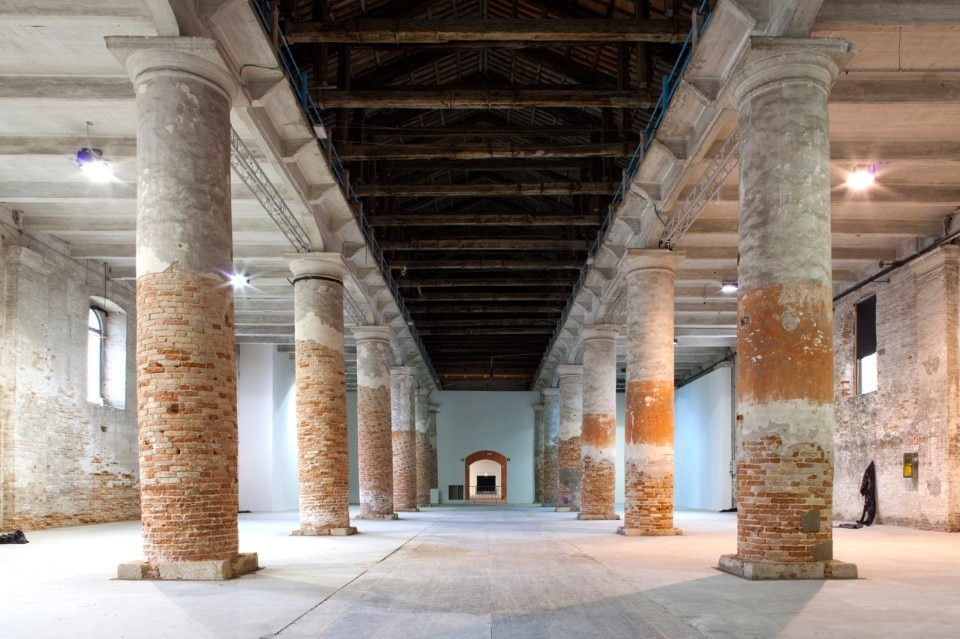
There are few built and accomplished forms, at least for a good stretch of the exhibition, but space, space is everywhere, space and all implications running through, the denunciation of presences and absences in our visual and physical landscape telling about its origin, telling who has had the right to shape it and who has not. A black marble monolith, an otherworldly column surrounded by drawings from a non-treaty that never existed narrates in a “columnar dis-order” a legacy missing from traditional architectural canons, embodying – this is the work of Studio Barnes – the African diaspora; an audio-video space generated in real time, Ibiye Camp’s Rebellious Copies, connects us to a kiosk in Freetown telling us how liberating space also means decolonizing data.
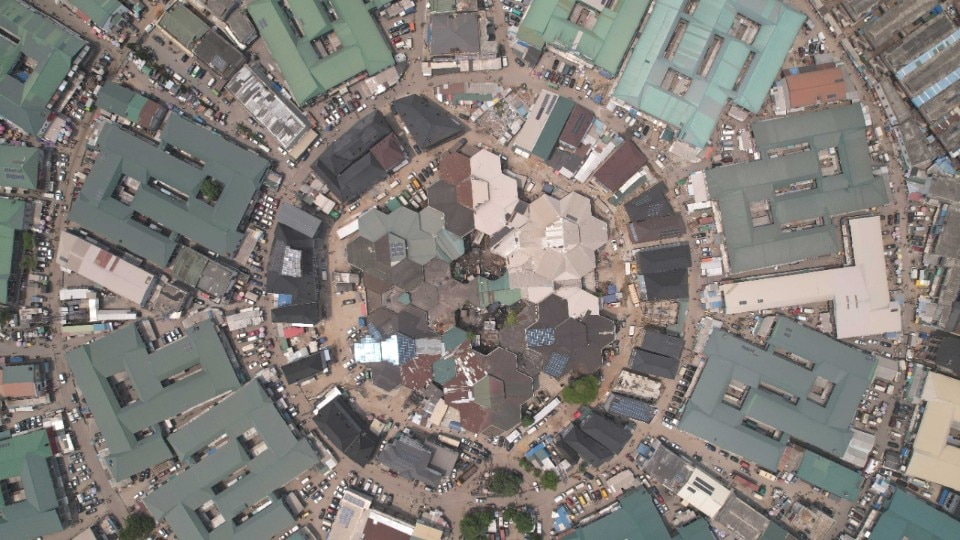
Other sections come, with models and forms that might sound more familiar to the architectural discipline, but it is just a moment and then these dangerous liaisons immediately take us back elsewhere, to unformalized forms of space, made primarily of the relationships that make it recognizable as such by people: Ursula Biemann’s school of the forest, the Chinese prison camps studied by Killing Architects or the nomadic topographies of caravan agglomerations in Switzerland and settlements in the Tunisian desert, the Nomadland explored by Le Laboratoire d’Architecture.
In Lokko’s project, the Corderie are dissected, we do not perceive the depth of the structure and we are handed over to a Kneipp-pool-like path among more or less material installations where, however, the principle remains focused on telling less about form, and more about opening a dialogue with the visitor through the medium of experience (this by the way is made possible and effective by the extreme formal control of the single installations): it finally gives some hope about a possibility to survive the fluctuating presence of Strada Novissima.
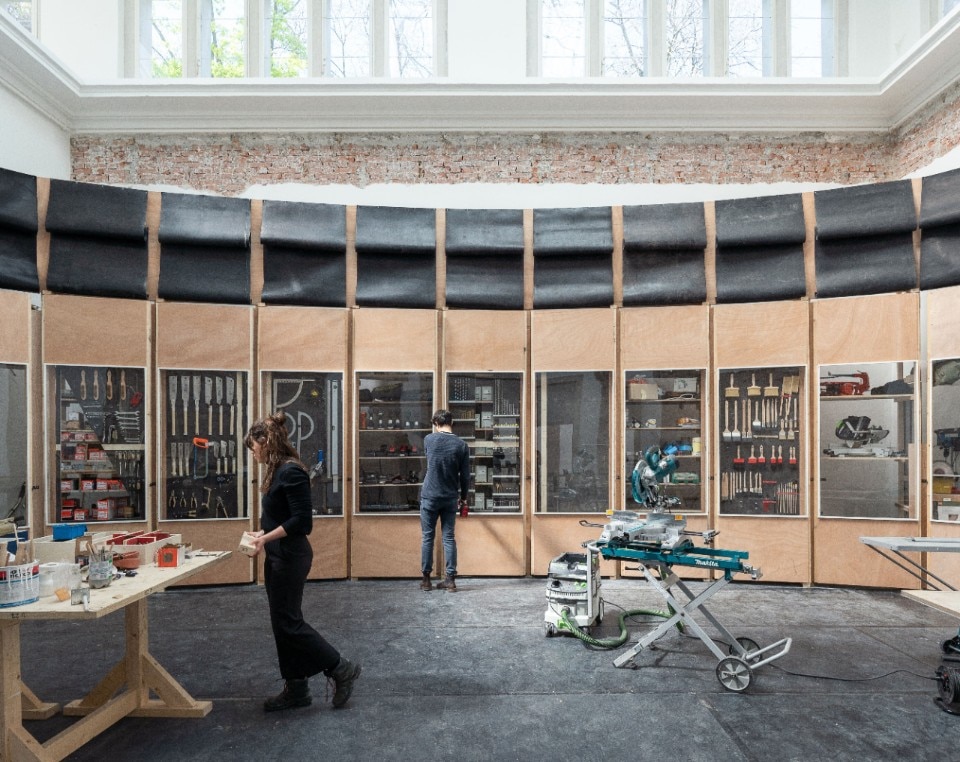
It can be said that this part discloses a Biennale which is prone to lecturing. But lecturing is a term with different meanings: on the one hand it might evoke the pedantry of a patronizing and didactic discourse; on the other hand, and this is the case, it evokes teaching as exchange, stimulus and reaction. In this Biennale you have to sit a lot, you have to listen a lot, you have to find a lot of time to experience. It requires time.
An alternative time ratio compared to that of a conventional architecture exhibition or that of a museum tour. It is a series of encounters, of more or less quick or dangerous liaisons where visitors can choose how much time to devote. Borrowing a concept expressed by an installation dedicated to the future of Australian land, rather than exhibition or theoretical manifesto what we may have seen here is “an epistemic bomb”.
The curator's Special Projects (Can we turn artworks preyed upon by museums of colonial powers into NFT? Yes. Looty says so), the national pavilions at the Tese, and the Italian pavilion in Darsena extend such sheer dialoguing machine, summoning in the middle of the lagoon stories scattered across the planet and capable of telling what it means today to make space through relationship.
At the Giardini
The artwork at the center of the exhibition that opened in Fondazione Prada’s Venetian venue for the last Biennale, “Human Brains It Begins with an Idea,” showed how our minds are always inclined to look for connections in things, even where those connections in themselves do not exist. A similar argument could be made for the Biennale's pavilions: they often have little that connects them, but those who visit are automatically looking for a path that winds through the realm of ideas, a counterbalance to the (often strenuous) gravel path of this world-in-miniature reflecting a geopolitical order now consigned to schoolbooks. And it makes an impression in a Biennale in which Africa emerges as a protagonist from the central pavilion not to see pavilions of African countries, and to note how they ended up ultimately rubricated, a century ago but even less, under the flags of European colonialist superpowers.
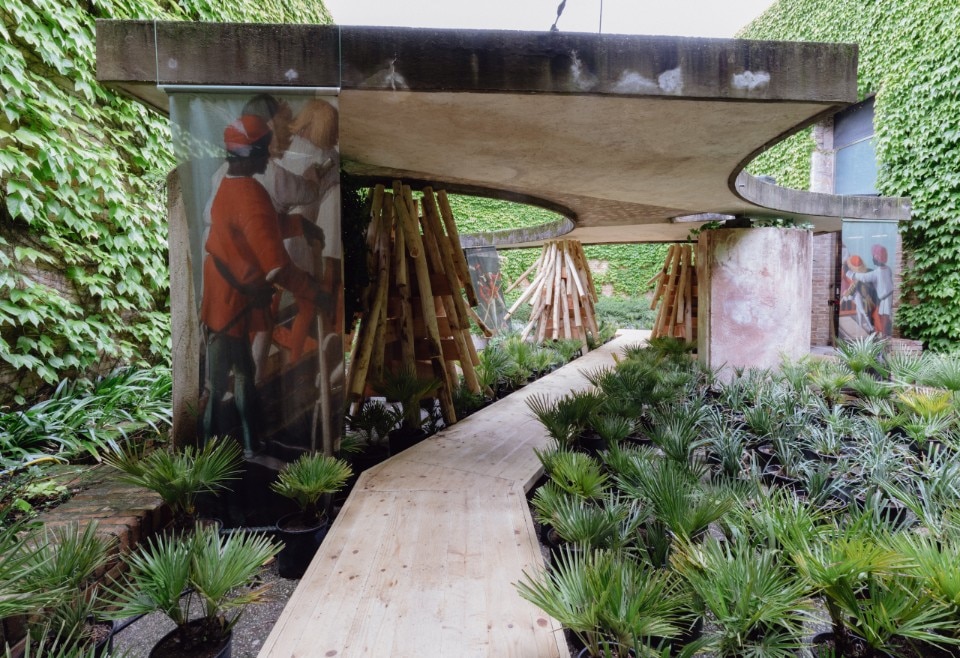
But let’s go in order: a first round instills doubt as to whether it really makes sense to keep the Architecture Biennale separate from the Art Biennale. Doubt that could have already been made last year, when some of the most significant pavilions (the pompous Italian pavilion, the beautiful French one, and so on) could easily have been interpreted as architectural operations lent to the art world. The doubt is reiterated this year always by the French pavilion, but also the British one and the beautiful installation in the Serbian one, or the dioramas in the Danish one. When the approach is the more scholastically proper one of architecture, it seems almost a juxtaposition, a redundancy, an appendage. How to reconnect?
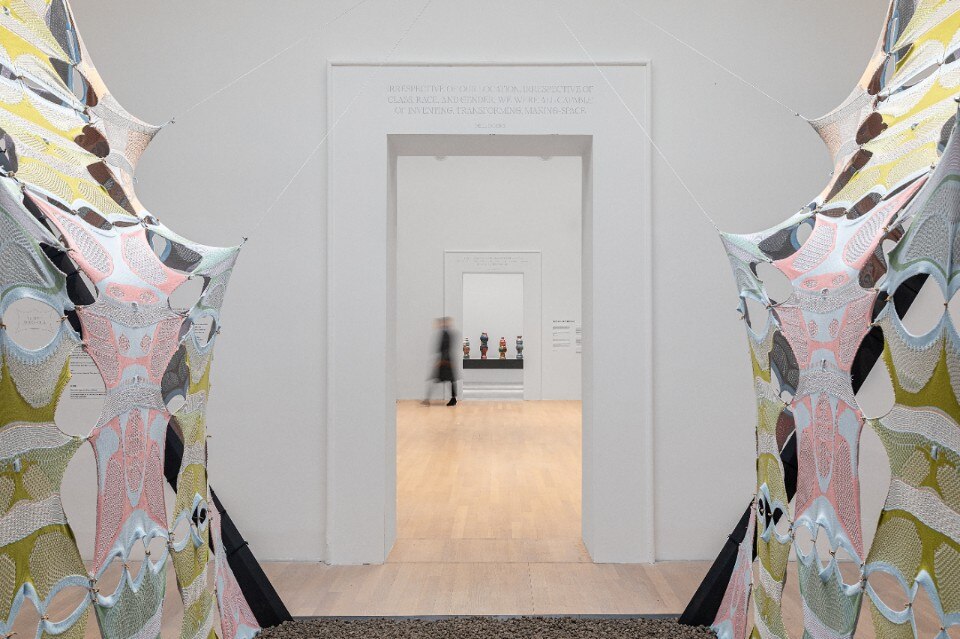
Planet and nature take center stage this year, running between the emphasis of origins (Brazil), the dystopia of post-industrial thinking (the U.S. and plastic), the metaphor of the quiz (South Korea, always brilliant), and the saving horizon of mushrooms (Belgium). Then there is the unexpected: Finland presenting a traditional toilet method without water, with the droppings ending up in composting. Germany stages an argument about sustainability that starts with the issue of materials used by Biennales (what happens to them?), opens the door wide on toilets, moves on from the kitchen and expands to the city. As does Austria, which wanted to open the back door of its pavilion to everyone. Failing to get permission, it installed an annex at St. Helena. The theme of the Gardens as a walled community feels more than ever this year.
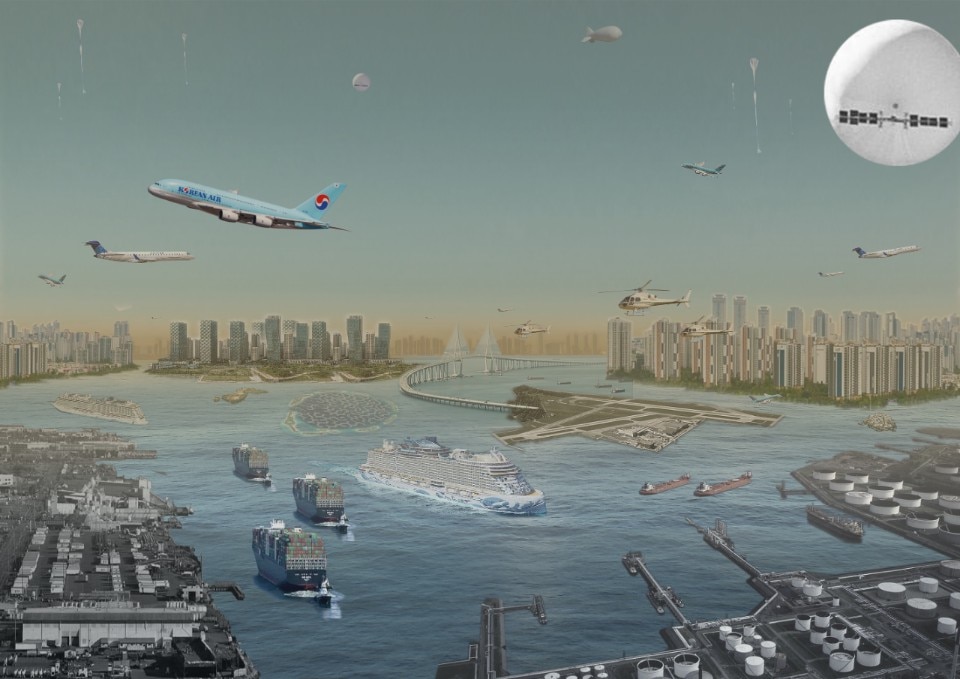
What about Africa? It is seen little, but it triumphs in Lokko’s Laboratory of the Future in the central pavilion, a veritable Wakanda Forever of architecture that redeems the exhibition’s low narrative quality (South Korea aside, they are always monstrous) by putting storytelling back at the center, delegating new relevance to the written text, connecting African-, post-African- and meta-African-propelled narratives with the global scenery, innervating the whole thing with groove (my fellow architects, we also have ears, remember that more often), amid flashes of Afrofuturism, tons of science fiction and a certain utopianism that we thought forever lost. The exposition of Adjaye’s models of buildings are the punctuation that brings us back down to earth, but keeping the horizon high. Sure, it’s safe to say that more money could have been raised, more Stargates installed, that the first few rooms seem empty. But between the post-contemporary hair salon of Dreadlock, the sessions of Parliament of Ghost and the aesthetic ecstasy of Olalekan Jeyifous’ Ace/Aap, the thrill remains.
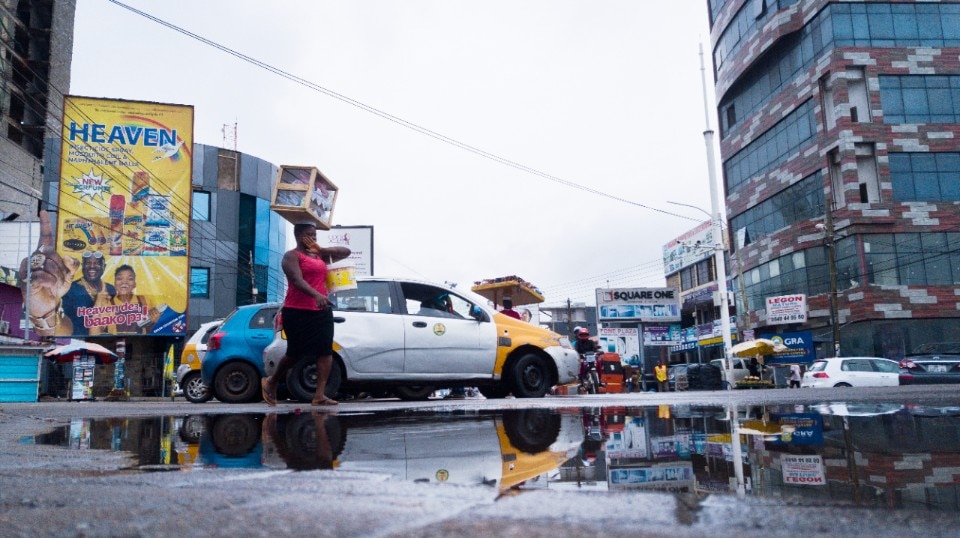
Opening image: The new inclusive access ramp to the German Pavilion Open for Maintenance © ARCH+ SUMMACUMFEMMER BUERO JULIANEGREB


